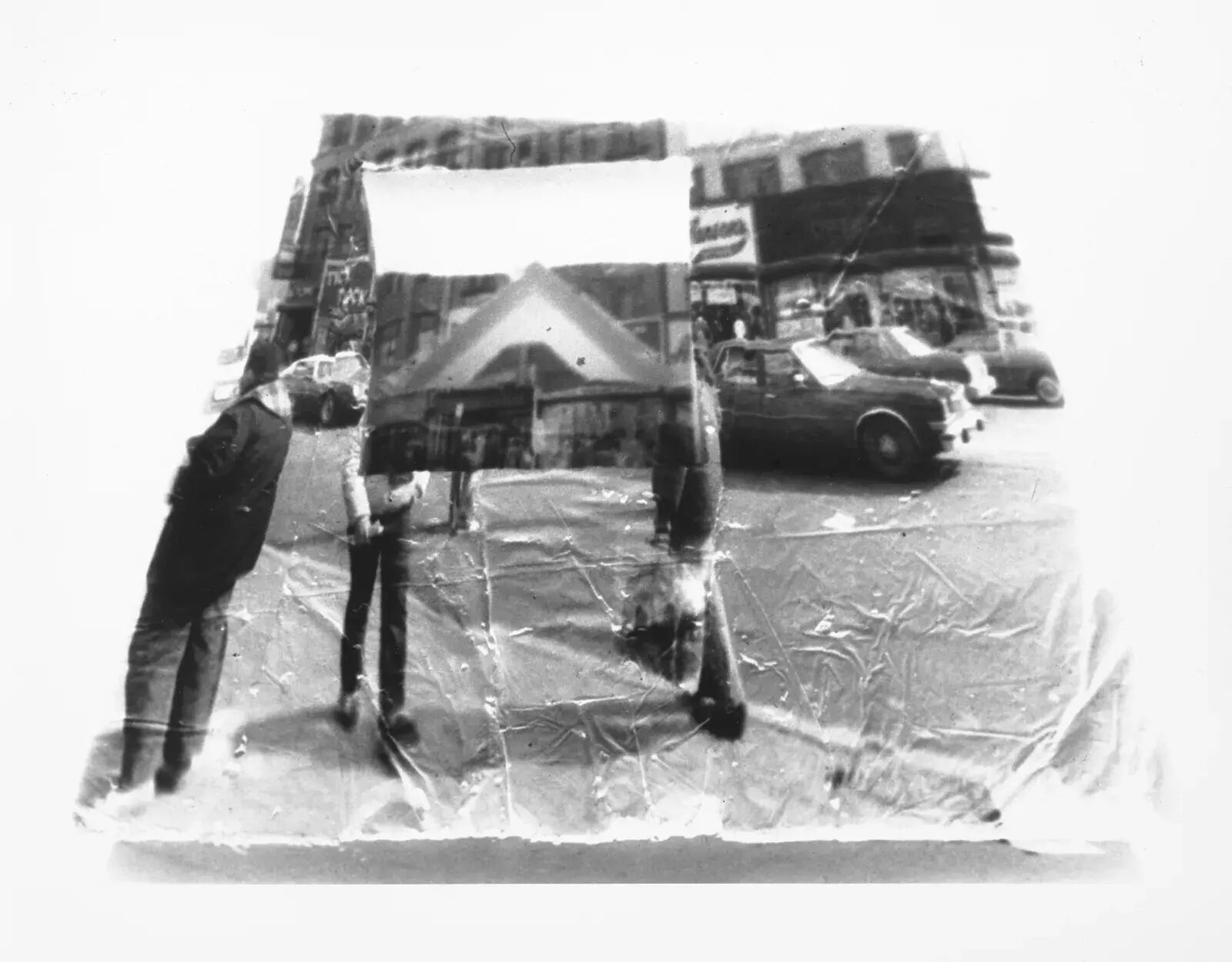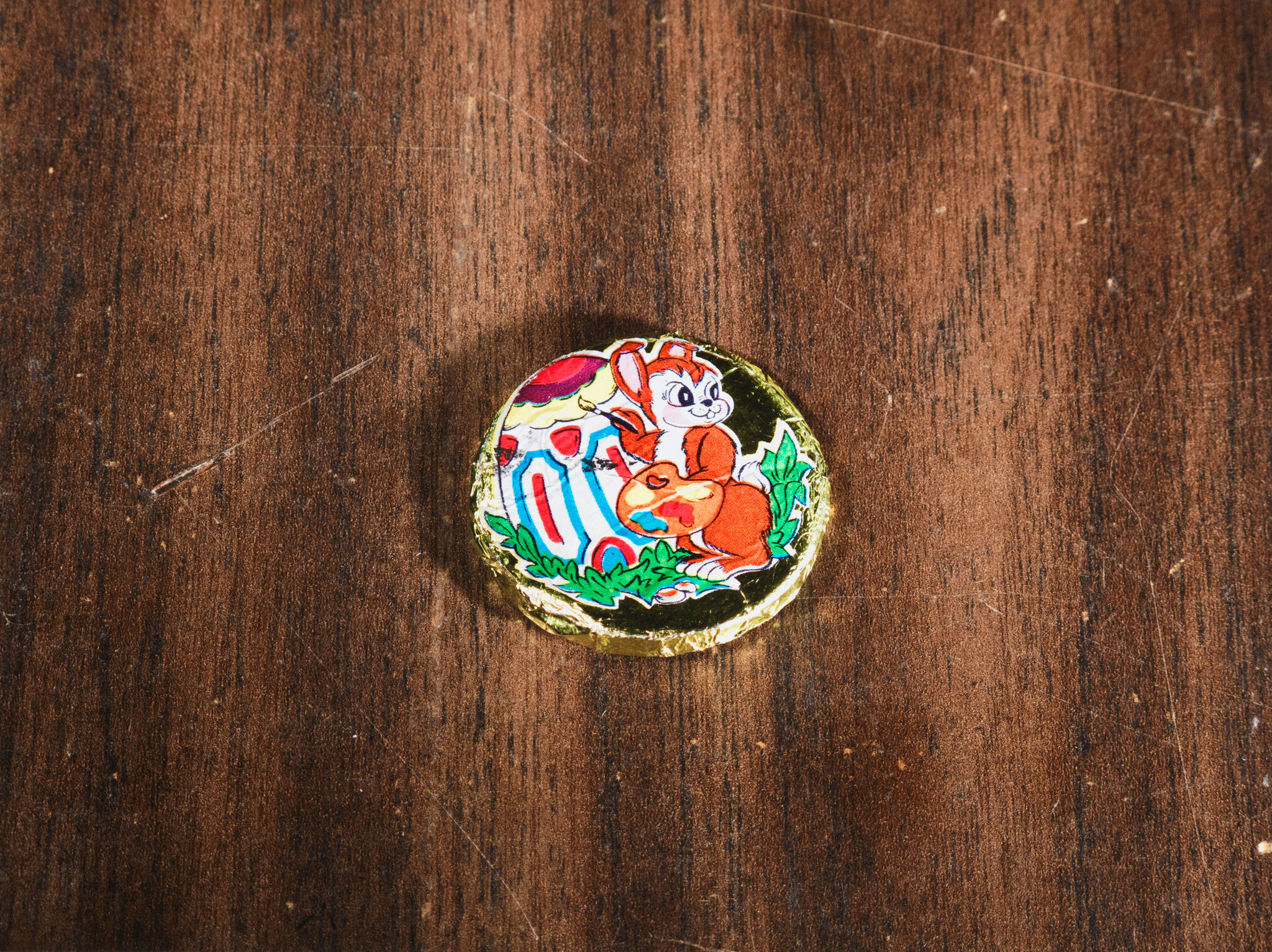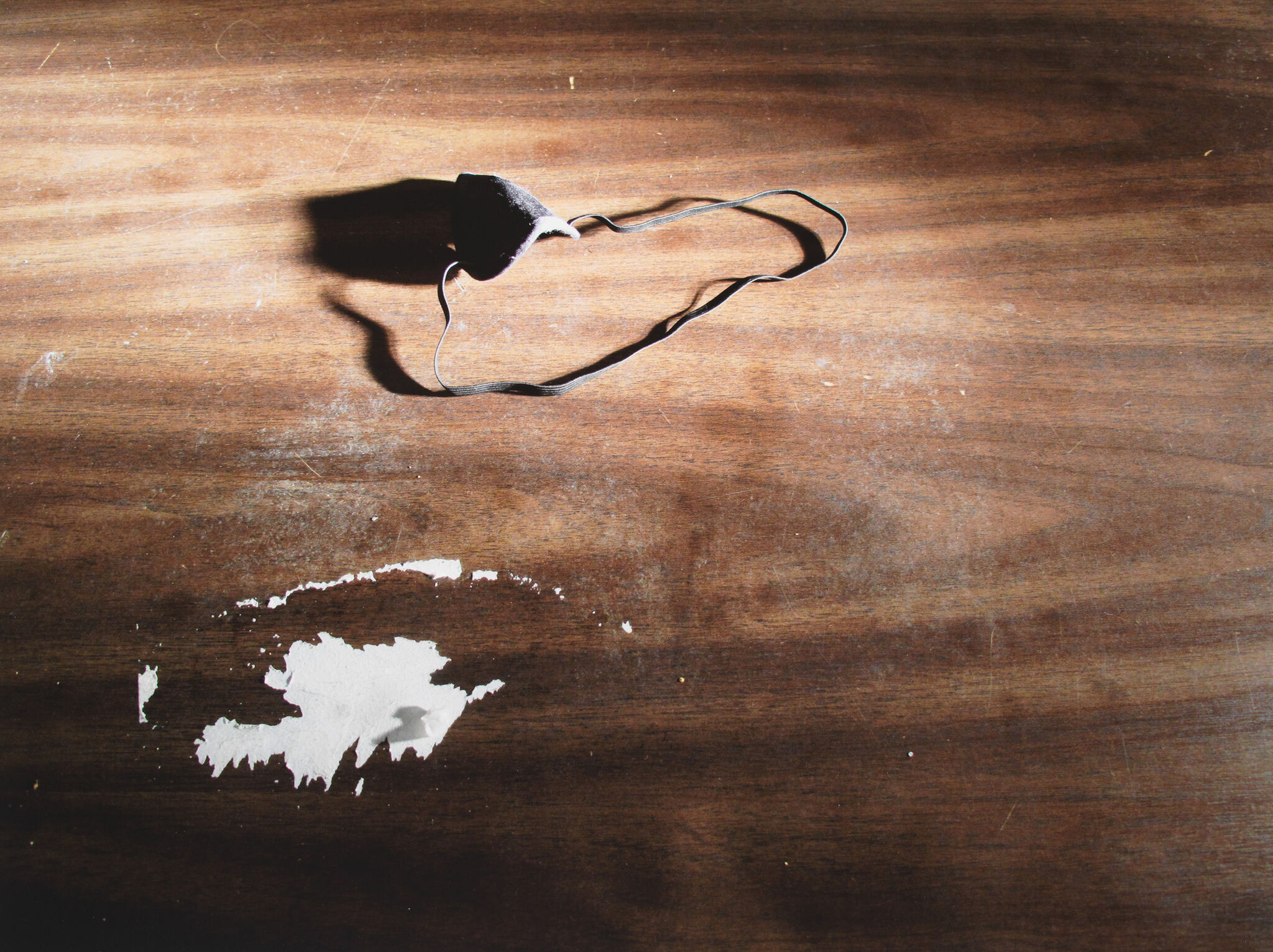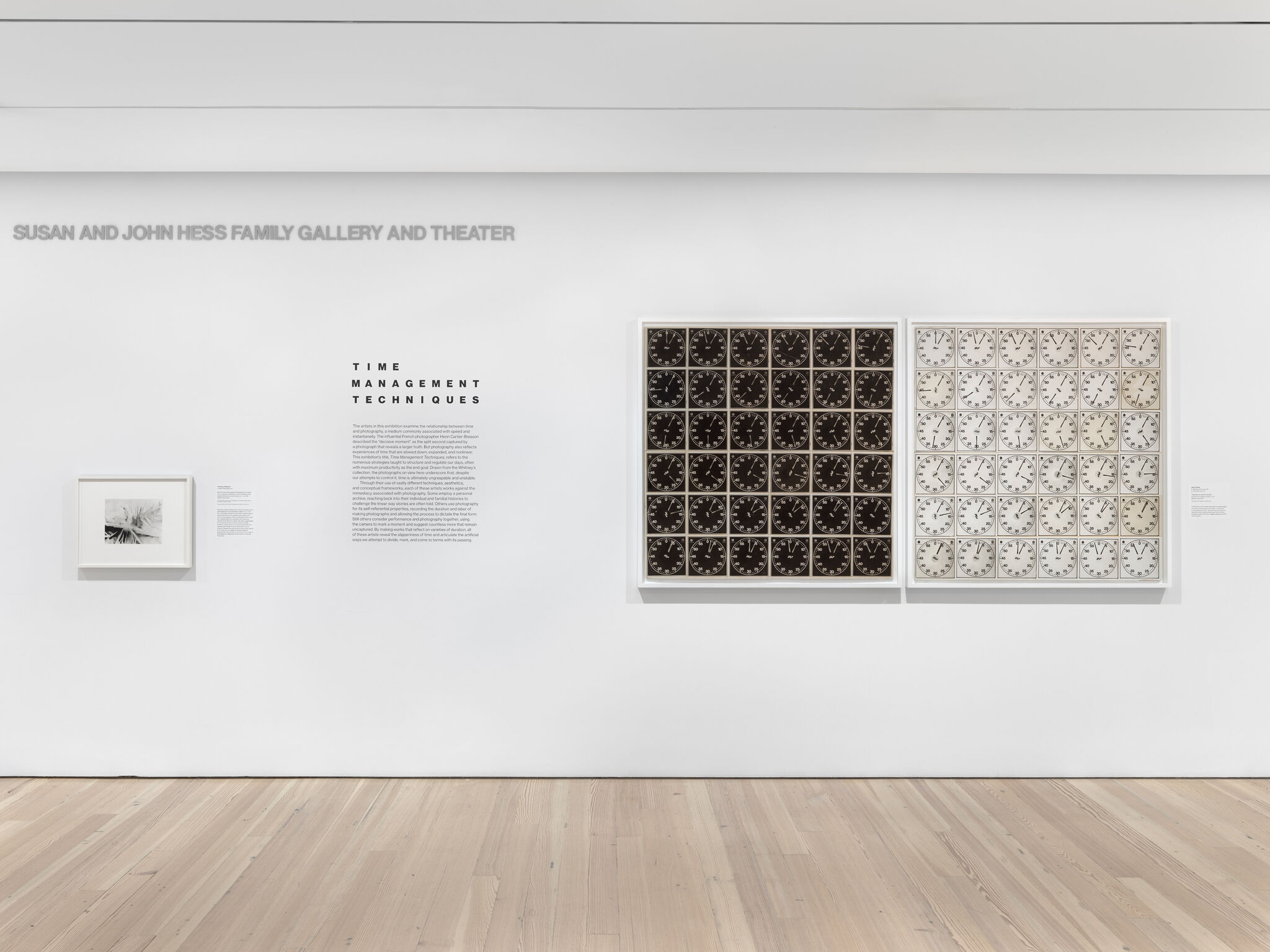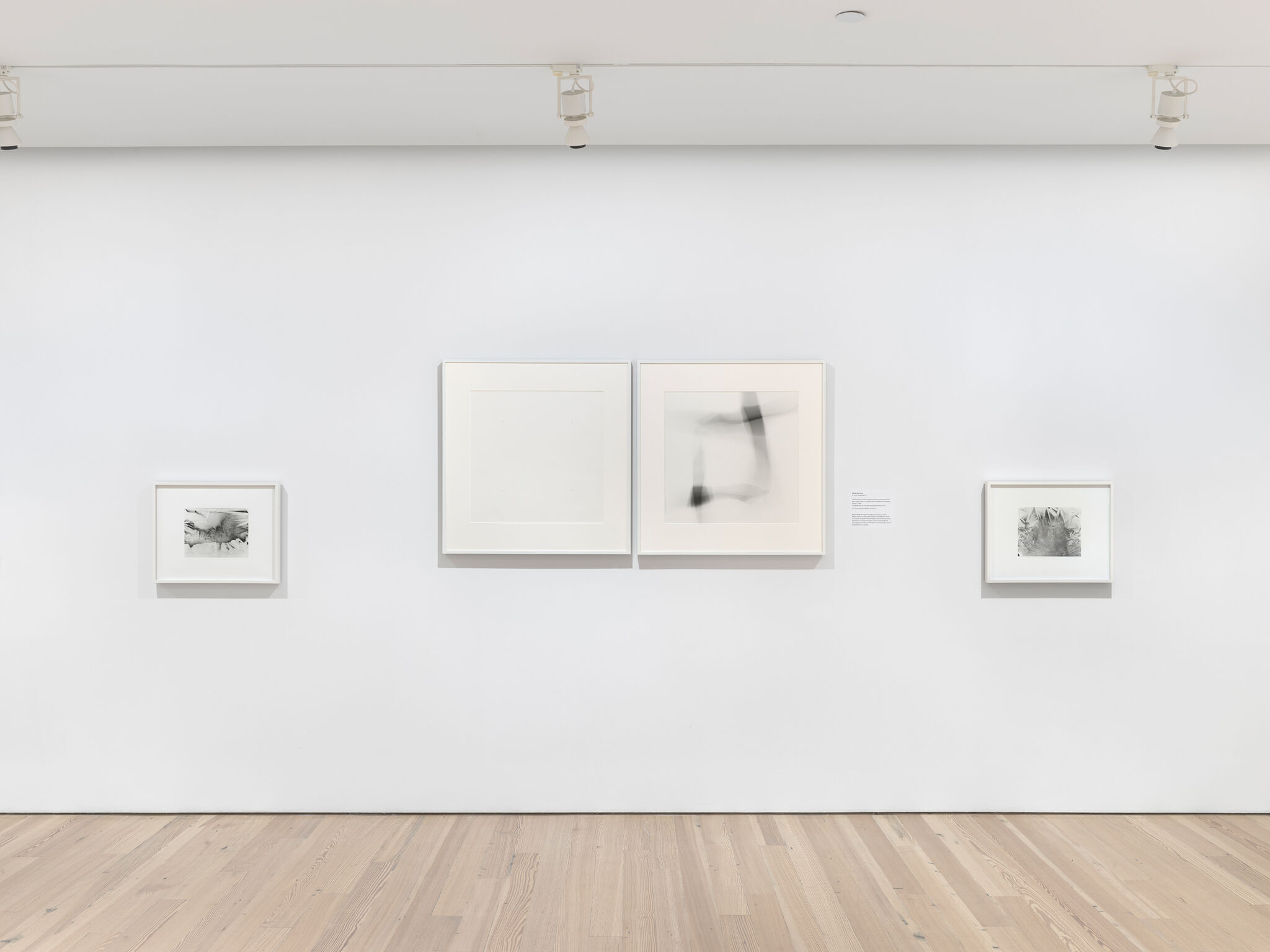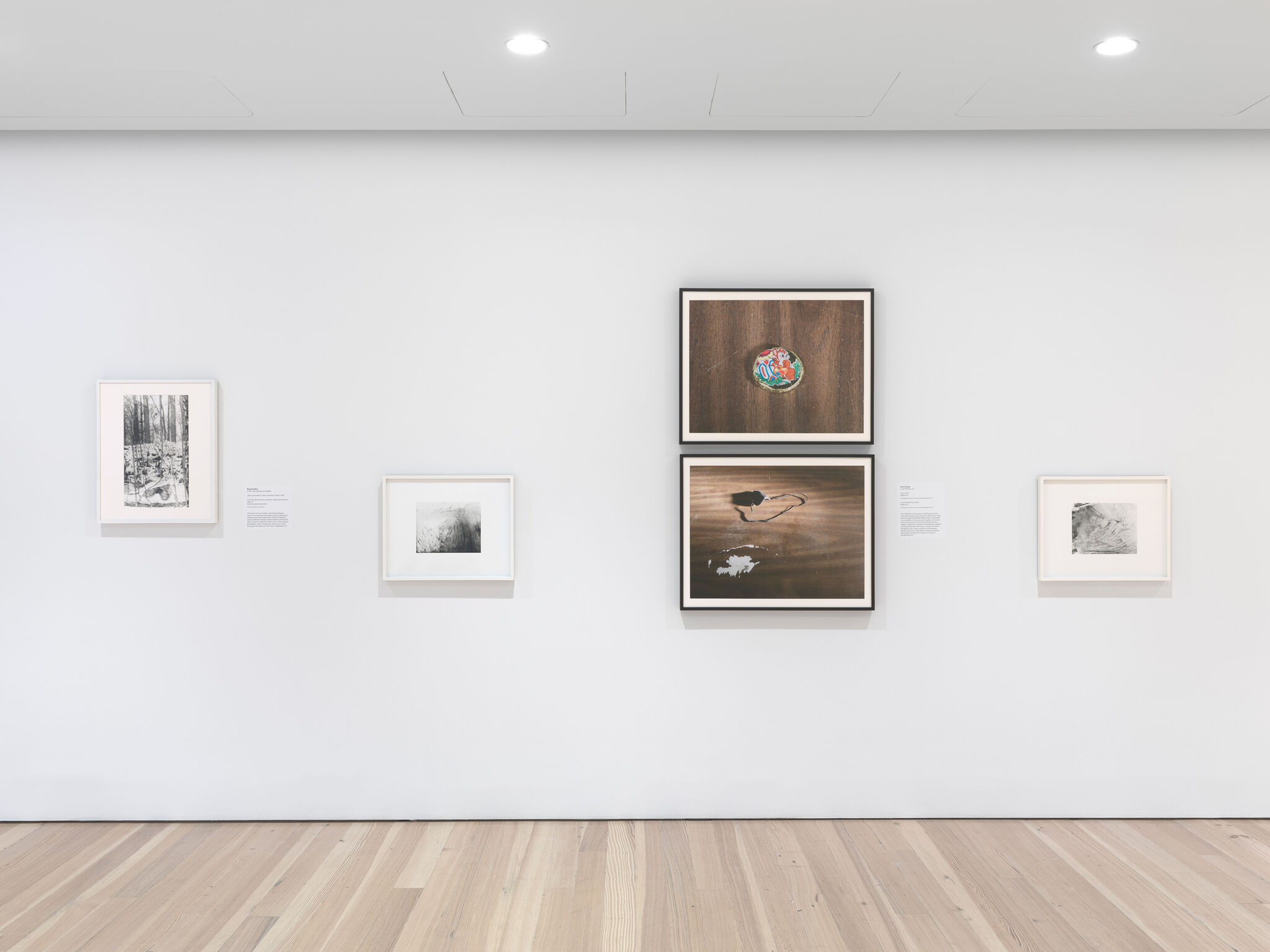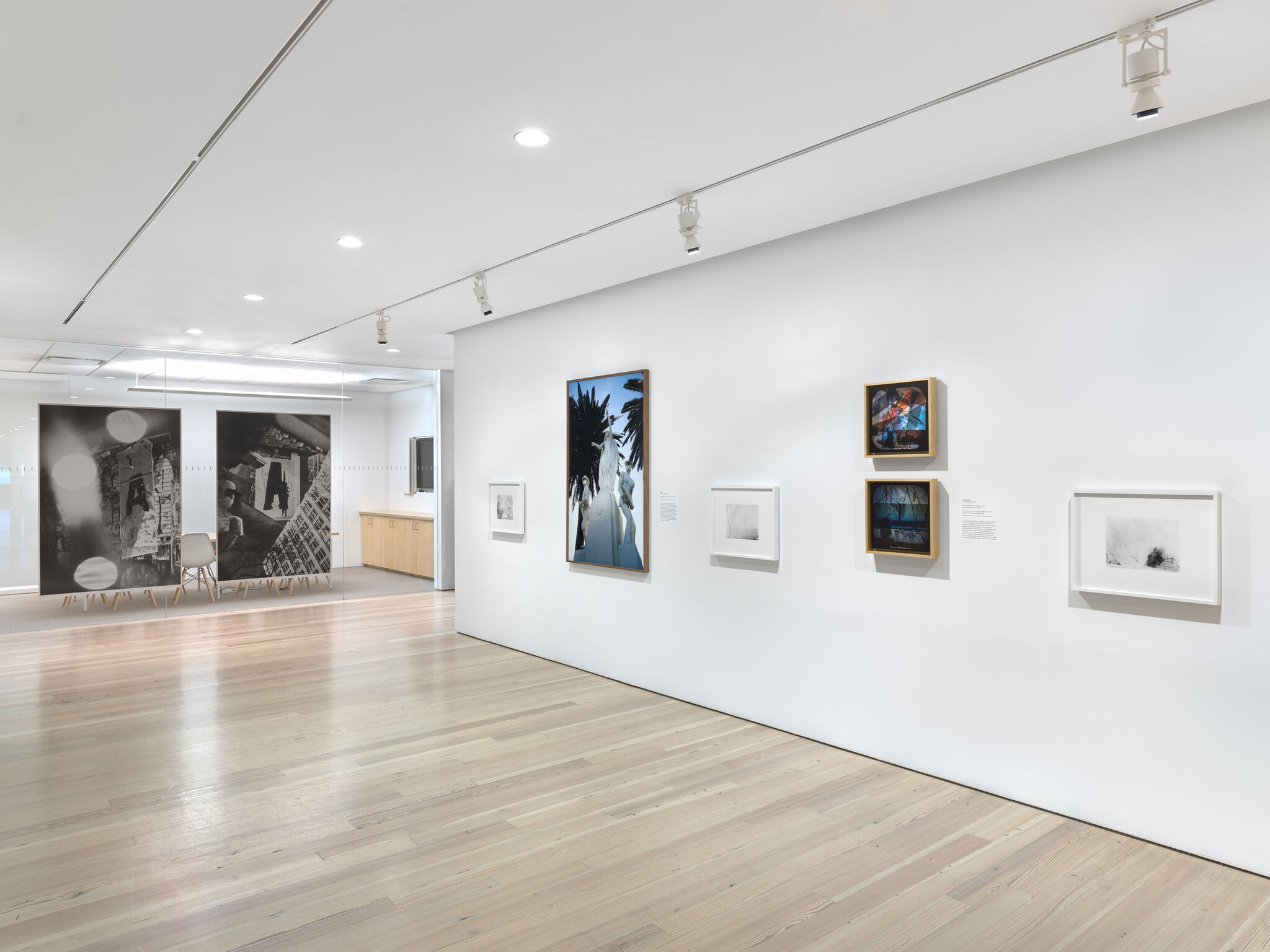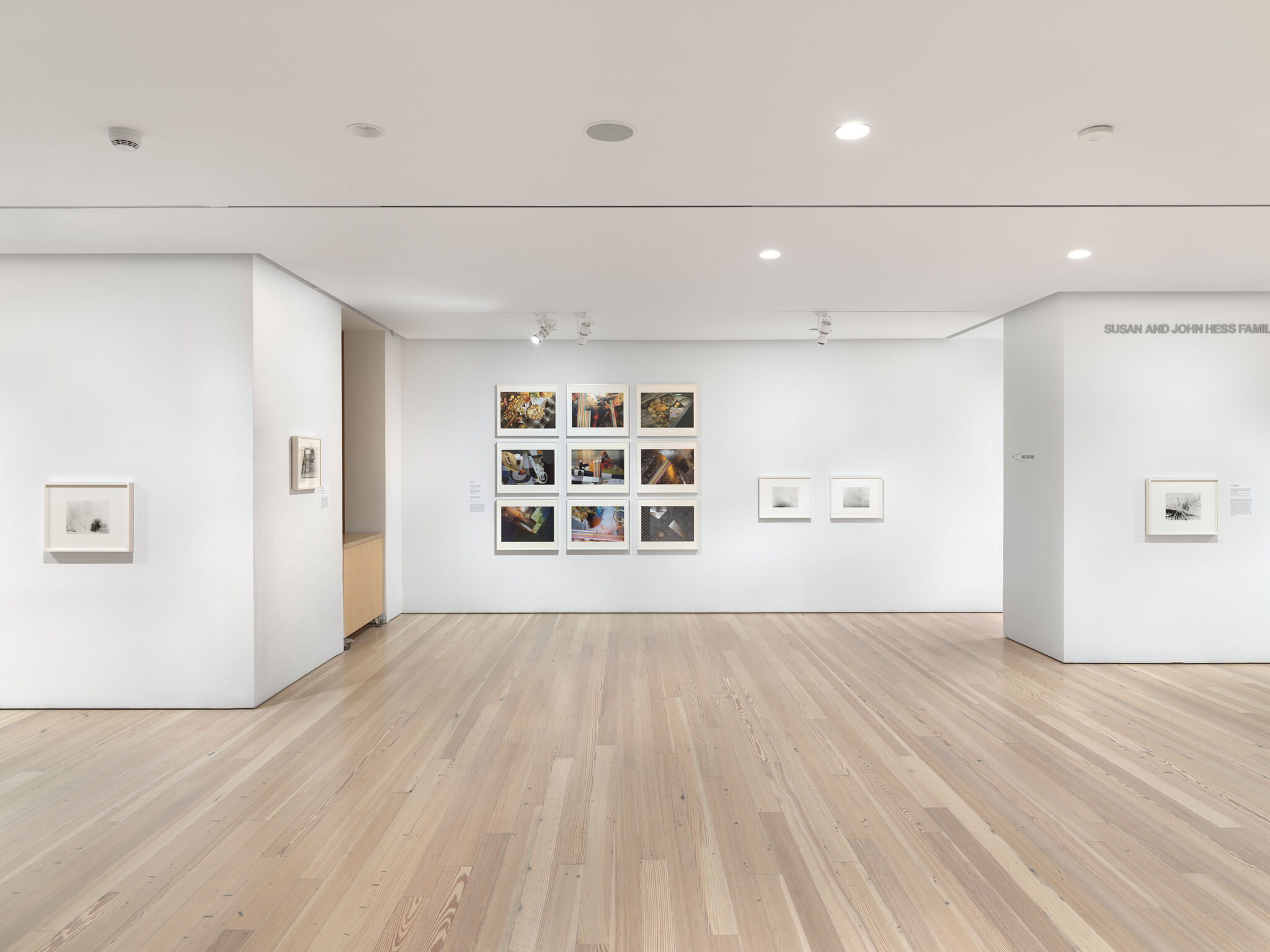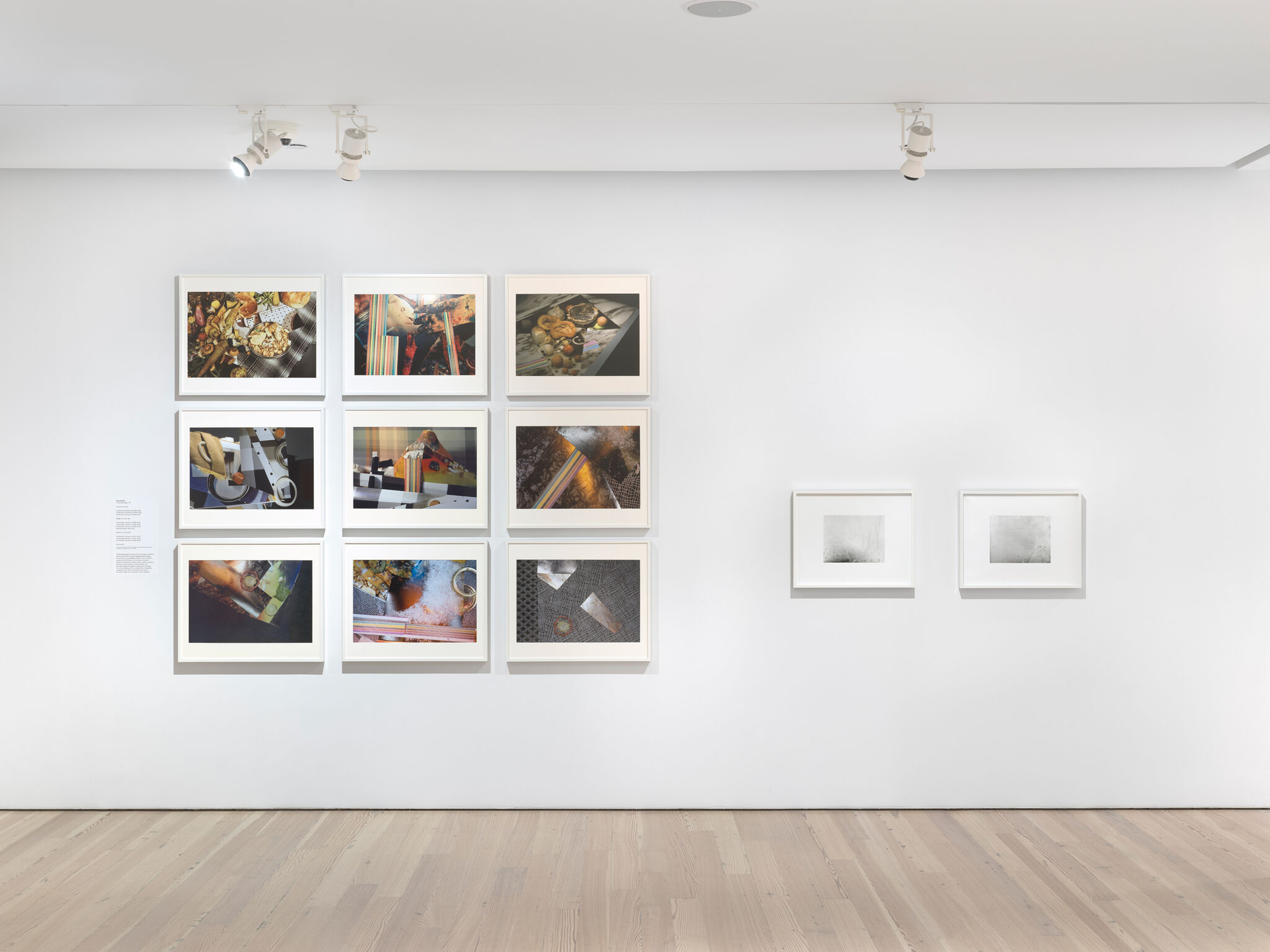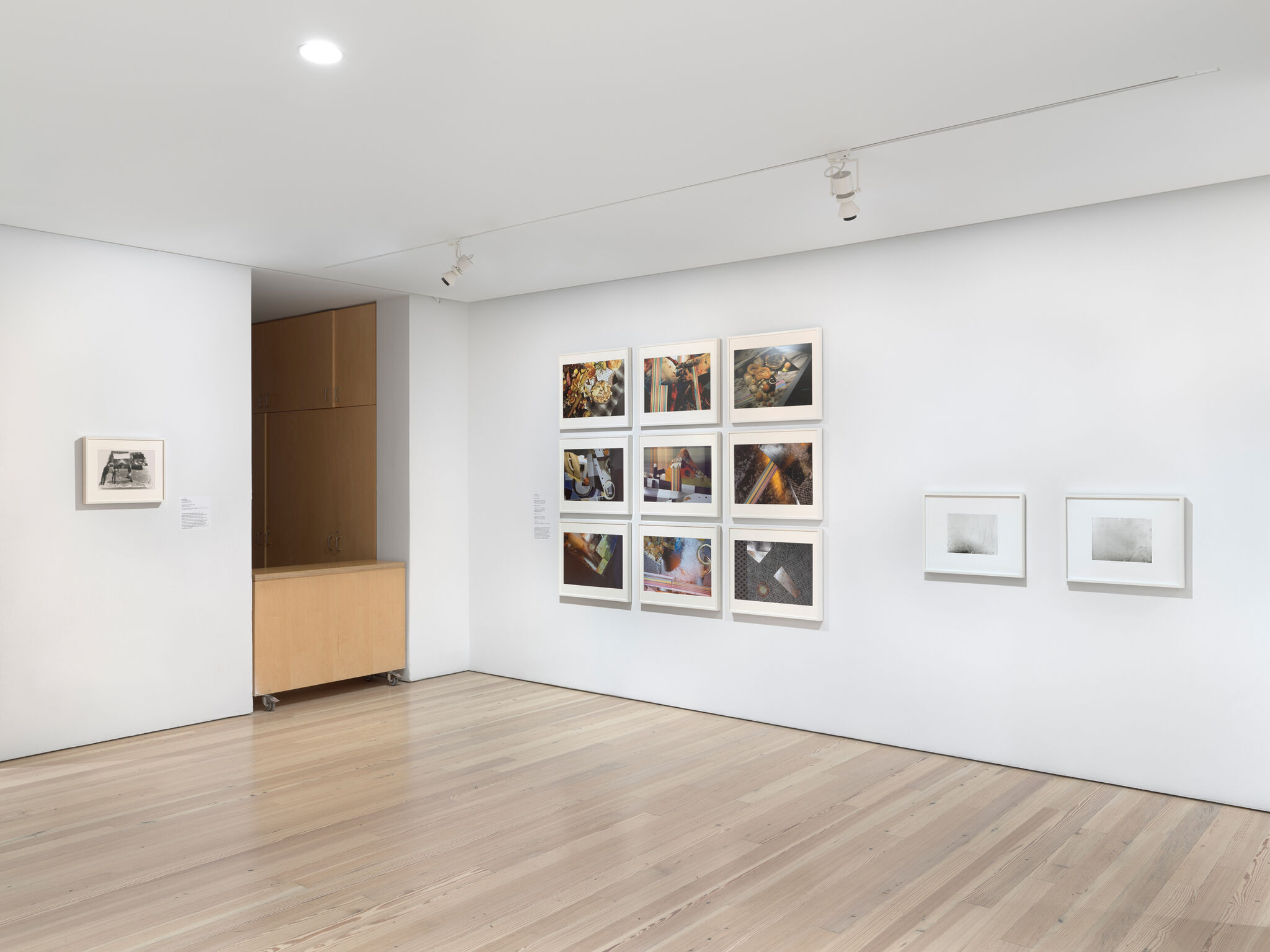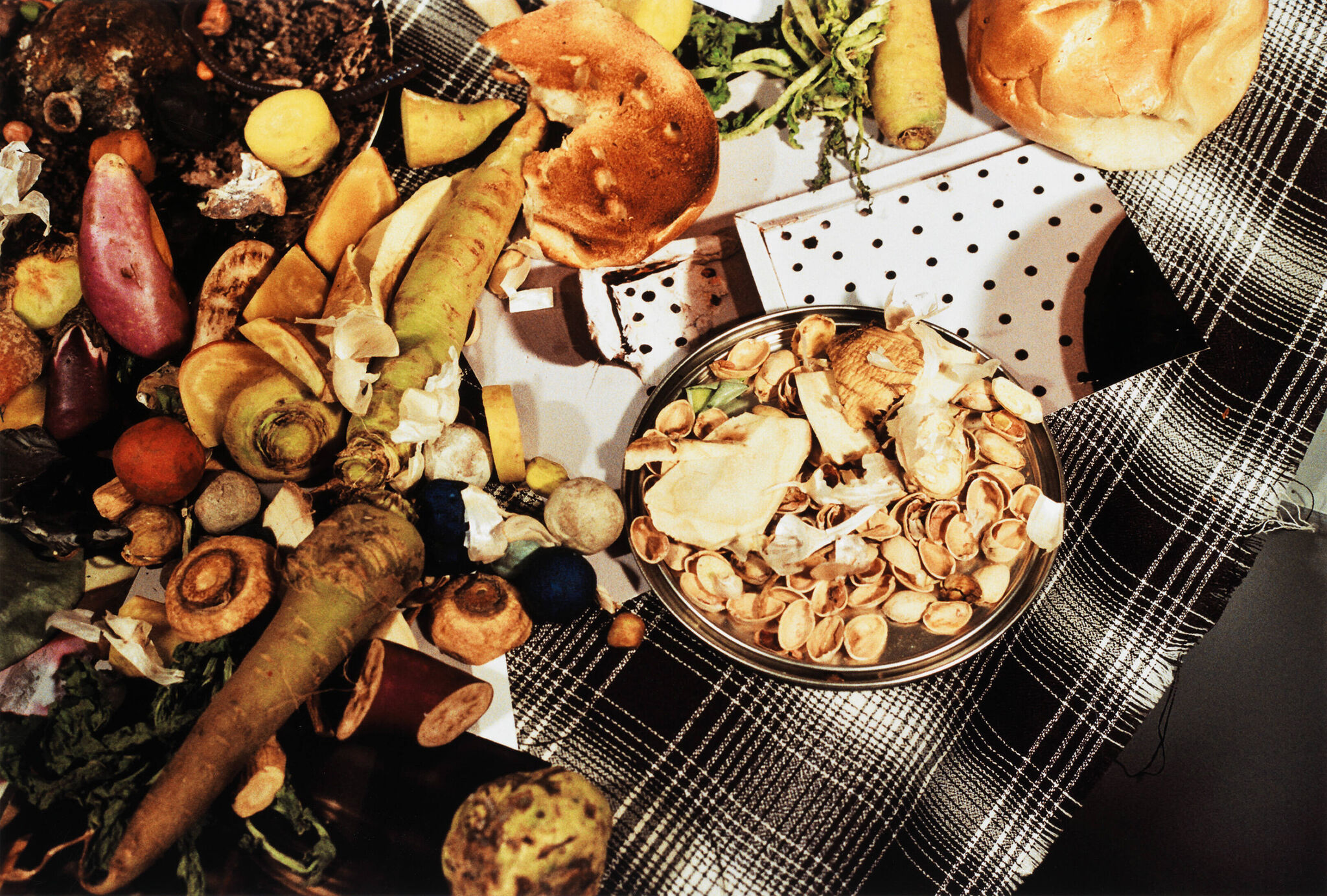Time Management Techniques
Sept 24, 2022–Jan 8, 2023
Time Management Techniques showcases photography by artists who examined the medium’s relationship to time between 1968 and 2019. Drawn from the Whitney’s permanent collection, the exhibition features many recent acquisitions alongside works that have never before been exhibited. Each of the artists, despite employing vastly different techniques, aesthetics, and conceptual frameworks, works against the immediacy often associated with photography to reflect a passage of time that is slowed down, expanded, or nonlinear.
Some artists employ a personal archive, reaching back into their individual and familial histories to challenge the linear way stories are often told. Others use photography for its self-referential properties, recording the duration and labor of making photographs and allowing the process to dictate the final form. Still others consider performance and photography together, using the camera to mark a moment and suggest countless more that remain uncaptured. By making works that reflect on varieties of duration, all of these artists reveal the slipperiness of time and articulate the artificial ways we attempt to divide, mark, and come to terms with its passing.
This exhibition is organized by Elisabeth Sherman, Assistant Curator at the Whitney Museum of American Art.
Dawn Kasper
8
After losing her studio space in 2008 because of its cost, Dawn Kasper began what she called her Nomadic Studio Practice Experiment. When invited to participate in an exhibition, she would use the gallery or museum space as her studio. For the 2012 Whitney Biennial, Kasper worked out of a space in the Museum’s galleries and often interacted with visitors. Toward the end of the Biennial, she made a number of photographs to document objects that people had given her during the course of the performance.

